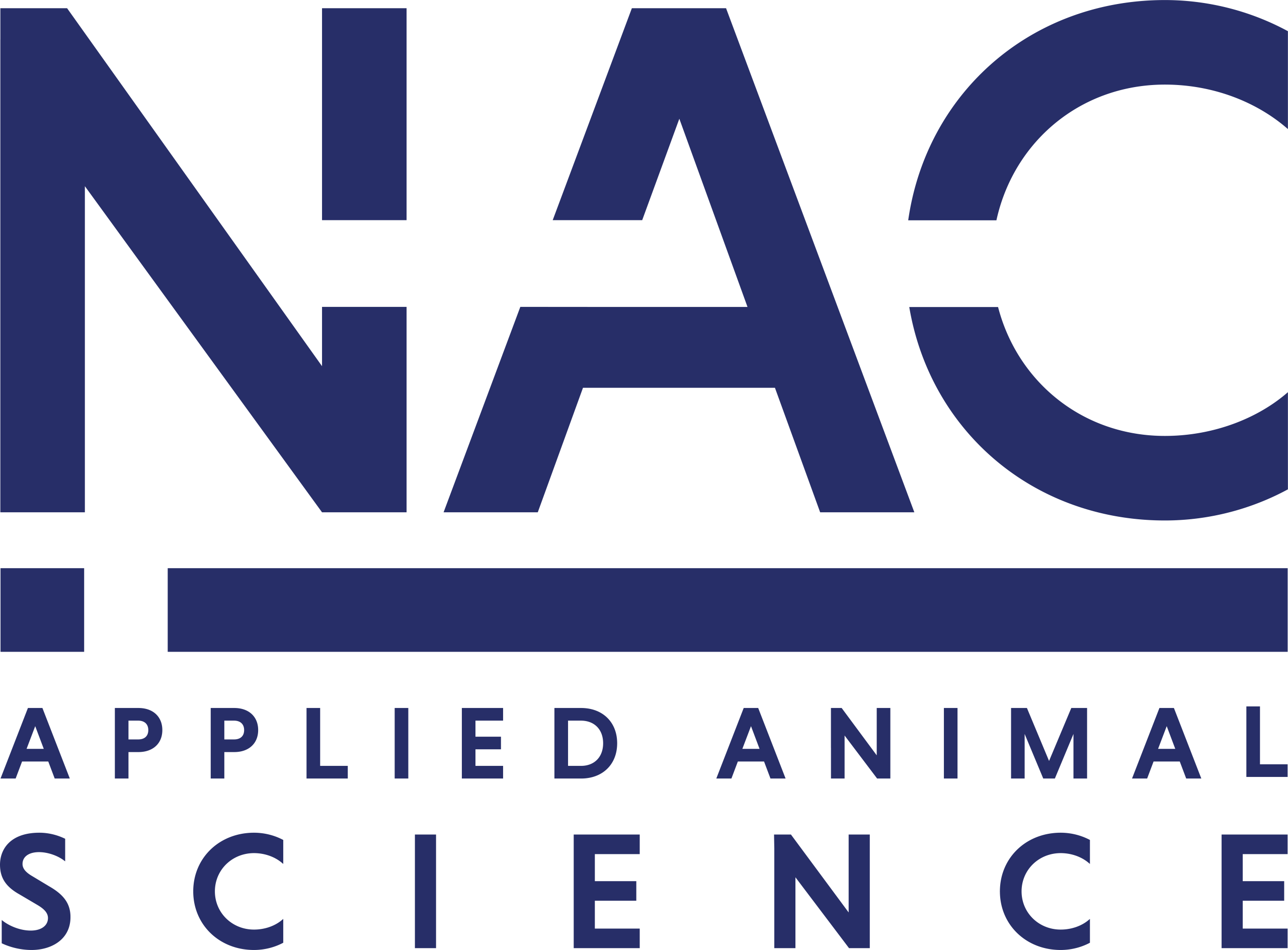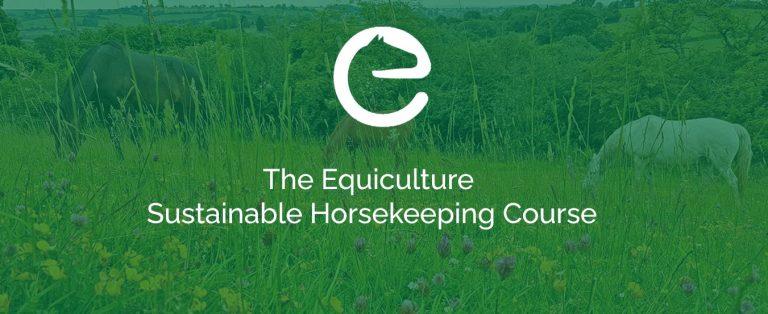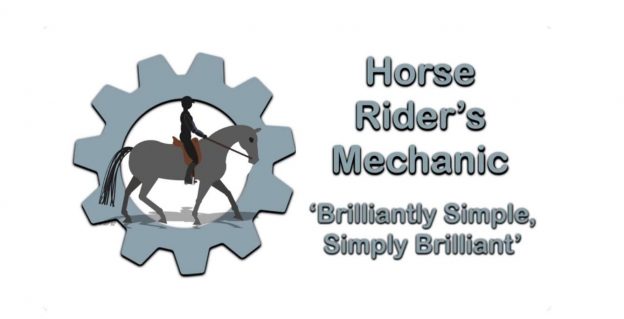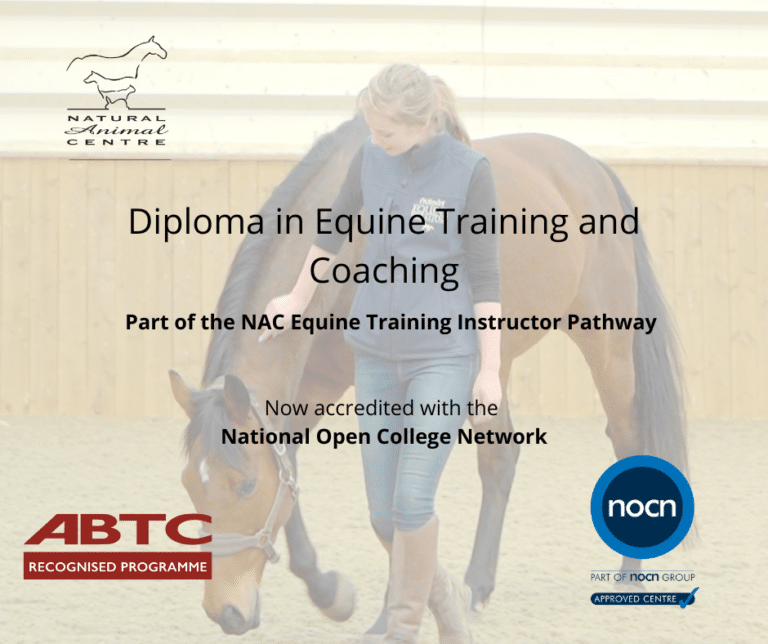Your basket is currently empty!
At the forefront of what we do is improving animal welfare, some of you may remember, the NAC tagline used to be ‘positively influencing animal welfare worldwide’ and to this day that rings true, which is why I feel it is important to discuss human frameworks that can guide us in our training and behaviour practices. The ABTC recently released a statement on the LIFE Model, and with all the acronyms in the industry, it can get a little confusing with people saying, ‘LIFE this’ and ‘LIMA that’, the following article will hopefully help bring clarity to each model and why the LIFE Model is now being discussed.
Our industry is ever-changing, animal welfare is ever-improving and with this comes a changing landscape; as we know better, we do better. The letters LIMA may be recognised by a few of you, it stands for Least Intrusive Minimally Aversive and has over the years been adopted by positive reinforcement trainers in an attempt to highlight the way they work with animal learners and to give a framework to work against when implementing training techniques.
Whilst this is well-intentioned, the recent adoption of LIMA principles by ‘force-free’ positive reinforcement trainers is slightly misconstrued: LIMA was originally a framework that discussed and to some extent promoted the use of aversive training tools and some coercive techniques, the book by Lindsey (2005) discusses the “proper use of the prong collar as a shaping and polishing tool” with the recent paper by Dr. Fernadez (2024) highlights that the LIMA model was developed in order to support trainers in selecting aversive training tools.
The manner in which ‘force-free’ trainers have been using the model to support their training is, of course, not that. It was adopted to try to explain that they would always aim to keep the use of aversives at a minimum, however when we look at the roots of the LIMA model we can see how it could be problematic for a ‘force-free’ trainer to be associating themselves with LIMA based on the model’s intended purpose
The intention of LIMA was never to promote force-free, positive reinforcement training.
Many trainers relied on the acronym for marketing and as part of their personal brand identity… But with this coming to light, it may feel like you’re at a bit of a loss as to what model you can use as a training and handling framework…Dr Eduardo Fernandez has proposed the LIFE Model in his recent paper “The Least Inhibitive, Functionally Effective (LIFE) Model: A New Framework for Ethical Animal Training Practices”.
The LIFE Module state it “emphasises the important interplay of training success and positive welfare” it is a whole-animal model that takes into account the affective emotional states, the animal’s behaviour, considers the environment, ensures positive welfare is
upheld during training sessions and considers the animal-human relationship/interactions. The ABTC states that the LIFE Model “surmounts the limitations of LIMA” (more about those can be found in the ABTC’s Statement). The LIFE Module better aligns with the welfare and ethical standards that force-free and pro-positive trainers hold themselves to, taking welfare and training to a deeper level by assessing the quality of life, the cause of behaviour and has been specifically proposed to help guide ethical training practices (Fernandez, 2024).
As such is the ever-changing landscape of the animal training industry, we move forward again with improved frameworks to help guide our practice, with the LIFE Module in our back pocket we can confidently step forward into the next phase of animal training and husbandry.
If you’re interested in learning more about the LIFE Module – which I would highly recommend – you can find the paper here and the ABTC Statement here






